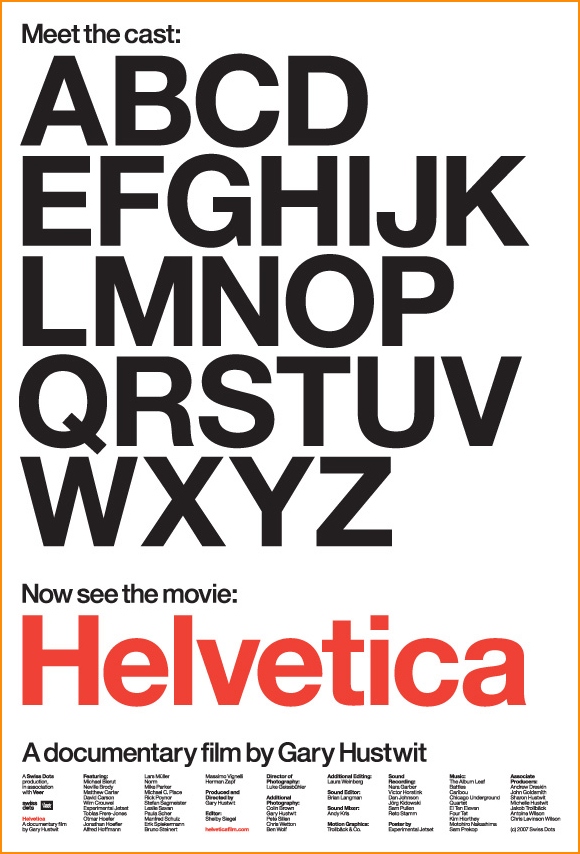He writes beautifully. There are beautiful descriptions and tantalising metaphors. The hero is a man of mystery about whom we want to know more; we want to understand what has brought him to this pass. But these are just glimpses through a window and we will never know more than we are told. And that, in the end, is unsatisfying.
Feb 2011; 80 pages
Books and plays written by Nobel Laureates that I have reviewed in this blog include:
- Thomas Mann (1929) Death in Venice
- Hermann Hesse (1946) Steppenwolf and Demian
- Andre Gide (1947) The Immoralist and Strait is the Gate and The Vatican Cellars
- William Faulkner (1949) Sanctuary and As I Lay Dying
- Albert Camus (1957) The Plague and The Outsider and The Myth of Sisyphus and The Fall
- John Steinbeck (1962) Of Mice and Men and Cannery Row
- Samuel Beckett (1969) "The Expelled; The Calmative; The End & First Love" and "Waiting for Godot"
- Heinrich Boll (1972) The Train was on Time
- Saul Bellow (1976) "The Victim"
- Gabriel Garcia Marquez (1982) Chronicle of a Death Foretold
- Doris Lessing (2007) The Golden Notebook
- Patrick Modiano (2014) The Black Notebook
- Kazuo Ishiguro (2017) When We Were Orphans and The Buried Giant
